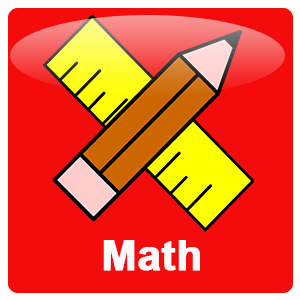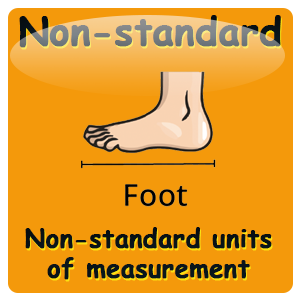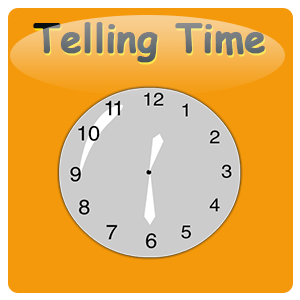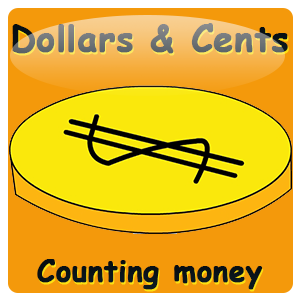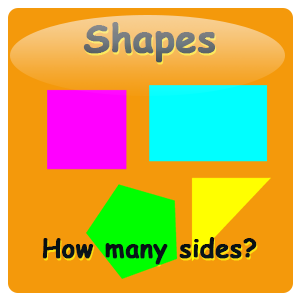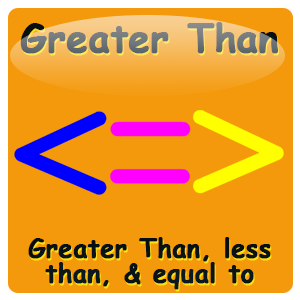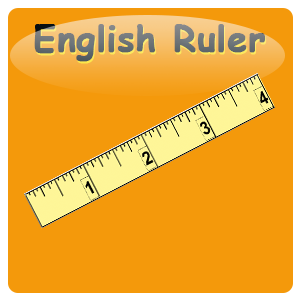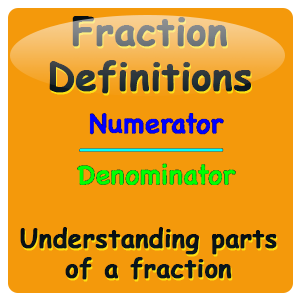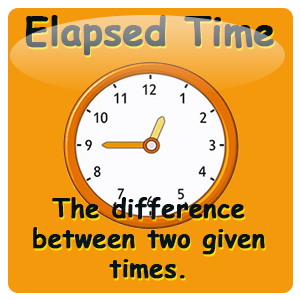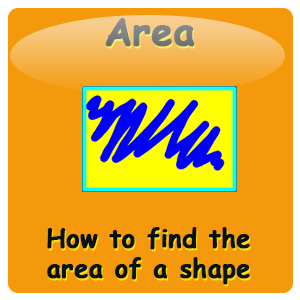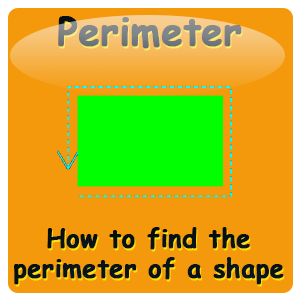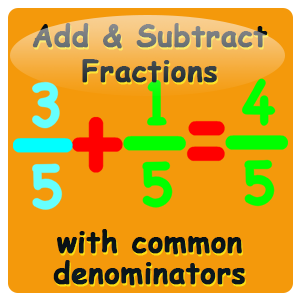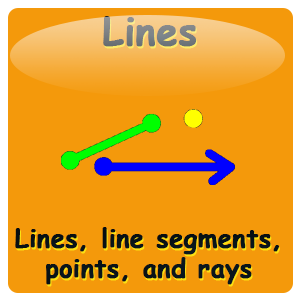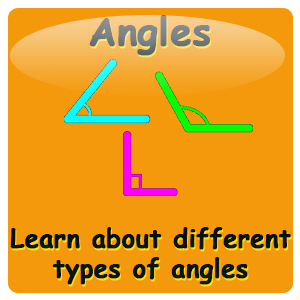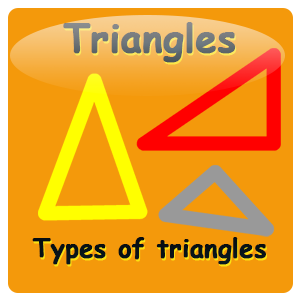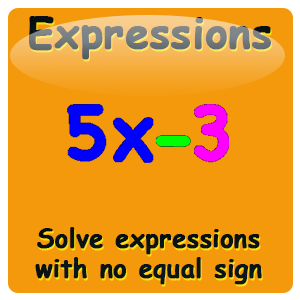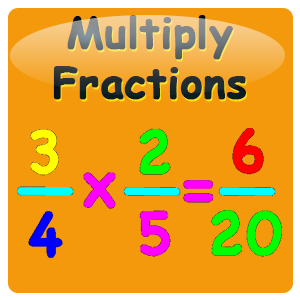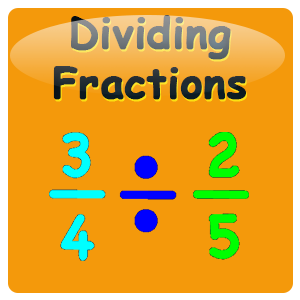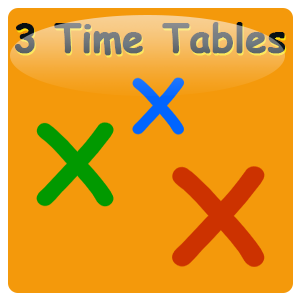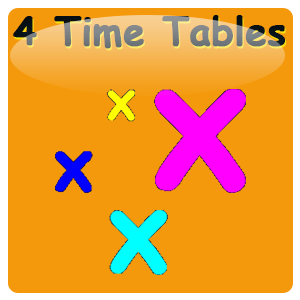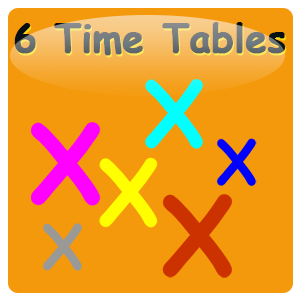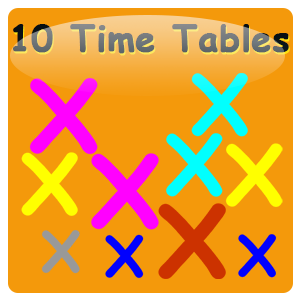North Carolina Math Preview
Discover tools designed to engage and inspire! Smart Board Learning’s tools combine music, videos, interactive games/quizzes, and worksheets to align with State Standards of Learning, NGSS Standards, and Common Core Standards.
We work closely with educators and parents to ensure our tools not only meet your needs but adapt as your curriculum evolves. Subscribers can even suggest new tools through eligible packages.
1st grade Math preview
Measurement and Data
NC.1.MD.2 – Measure lengths with non-standard units.
• Express the length of an object as a whole number of non-standard length units.
• Measure by laying multiple copies of a shorter object (the length unit) end to end (iterating) with no gaps or overlaps.
NC.1.MD.3 – Tell and write time in hours and half-hours using analog and digital clocks.
NC.1.MD.5 – Identify quarters, dimes, and nickels and relate their values to pennies.
Geometry
NC.1.G.1 – Distinguish between defining and non-defining attributes and create shapes with defining attributes by:
• Building and drawing triangles, rectangles, squares, trapezoids, hexagons, circles.
• Building cubes, rectangular prisms, cones, spheres, and cylinders.
Some Additional 1st Grade Titles
Explore the additional titles below by clicking on each to review the lyrics. Access to videos, songs, and interactive games/quizzes is available with a subscription. Please note that some packaged titles may not be included in the preview list, and certain titles listed here may be removed from the package without prior notice.
2nd grade Math preview
Number and Operations in Base Ten
NC.2.NBT.1 – Understand that the three digits of a three-digit number represent amounts of hundreds, tens, and ones.
• Unitize by making a hundred from a collection of ten tens.
• Demonstrate that the numbers 100, 200, 300, 400, 500, 600, 700, 800, 900 refer to one, two, three, four, five, six, seven, eight, or nine hundreds, with 0 tens and 0 ones.
NC.2.NBT.2 – Count within 1,000; skip-count by 5s, 10s, and 100s.
NC.2.NBT.4 – Compare two three-digit numbers based on the value of the hundreds, tens, and ones digits, using >, =, and < symbols to record the results
of comparisons.
Measurement and Data
NC.2.MD.1 – Measure the length of an object in standard units by selecting and using appropriate tools such as rulers, yardsticks, meter sticks, and
measuring tapes.
Some Additional 2nd Grade Titles
Explore the additional titles below by clicking on each to review the lyrics. Access to videos, songs, and interactive games/quizzes is available with a subscription. Please note that some packaged titles may not be included in the preview list, and certain titles listed here may be removed from the package without prior notice.
3rd grade Math preview
Number and Operations – Fractions
NC.3.NF.1 – Interpret unit fractions with denominators of 2, 3, 4, 6, and 8 as quantities formed when a whole is partitioned into equal parts;
• Explain that a unit fraction is one of those parts.
• Represent and identify unit fractions using area and length models.
Measurement and Data
NC.3.MD.1 – Tell and write time to the nearest minute. Solve word problems involving addition and subtraction of time intervals within the same hour.
NC.3.MD.5 – Find the area of a rectangle with whole-number side lengths by tiling without gaps or overlaps and counting unit squares.
NC.3.MD.8 – Solve problems involving perimeters of polygons, including finding the perimeter given the side lengths, and finding an unknown side
length.
Some Additional 3rd Grade Titles
Explore the additional titles below by clicking on each to review the lyrics. Access to videos, songs, and interactive games/quizzes is available with a subscription. Please note that some packaged titles may not be included in the preview list, and certain titles listed here may be removed from the package without prior notice.
4th grade Math preview
Number and Operations – Fractions
NC.4.NF.3 – Explain why a fraction is equivalent to another fraction by using area and length fraction models, with attention to how the number and size of the parts differ even though the two fractions themselves are the same size.
Geometry
NC.4.G.1 – Draw and identify points, lines, line segments, rays, angles, and perpendicular and parallel lines.
NC.4.G.2 – Classify quadrilaterals and triangles based on angle measure, side lengths, and the presence or absence of parallel or perpendicular lines.
Some Additional 4th Grade Titles
Explore the additional titles below by clicking on each to review the lyrics. Access to videos, songs, and interactive games/quizzes is available with a subscription. Please note that some packaged titles may not be included in the preview list, and certain titles listed here may be removed from the package without prior notice.
5th grade Math preview
Operations and Algebraic Thinking
NC.5.OA.2 – Write, explain, and evaluate numerical expressions involving the four operations to solve up to two-step problems. Include expressions
involving:
• Parentheses, using the order of operations.
• Commutative, associative and distributive properties.
Number and Operations – Fractions
NC.5.NF.3 – Use fractions to model and solve division problems.
• Interpret a fraction as an equal sharing context, where a quantity is divided into equal parts.
• Model and interpret a fraction as the division of the numerator by the denominator.
• Solve one-step word problems involving division of whole numbers leading to answers in the form of fractions and mixed numbers,
with denominators of 2, 3, 4, 5, 6, 8, 10, and 12, using area, length, and set models or equations.
Some Additional 5th Grade Titles
Explore the additional titles below by clicking on each to review the lyrics. Access to videos, songs, and interactive games/quizzes is available with a subscription. Please note that some packaged titles may not be included in the preview list, and certain titles listed here may be removed from the package without prior notice.
Multiplication Facts
Some Additional Multiplication Titles
Explore the additional titles below by clicking on each to review the lyrics. Access to videos, songs, and interactive games/quizzes is available with a subscription. Please note that some packaged titles may not be included in the preview list, and certain titles listed here may be removed from the package without prior notice.
